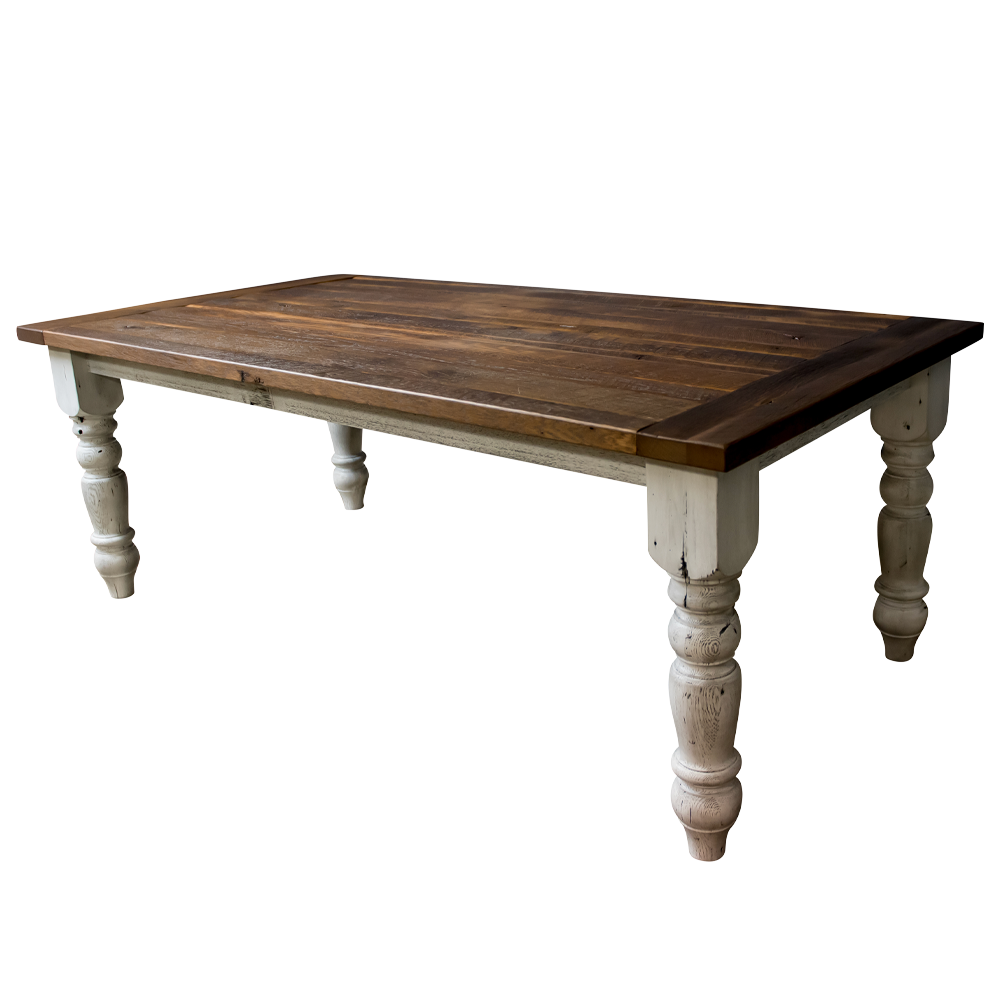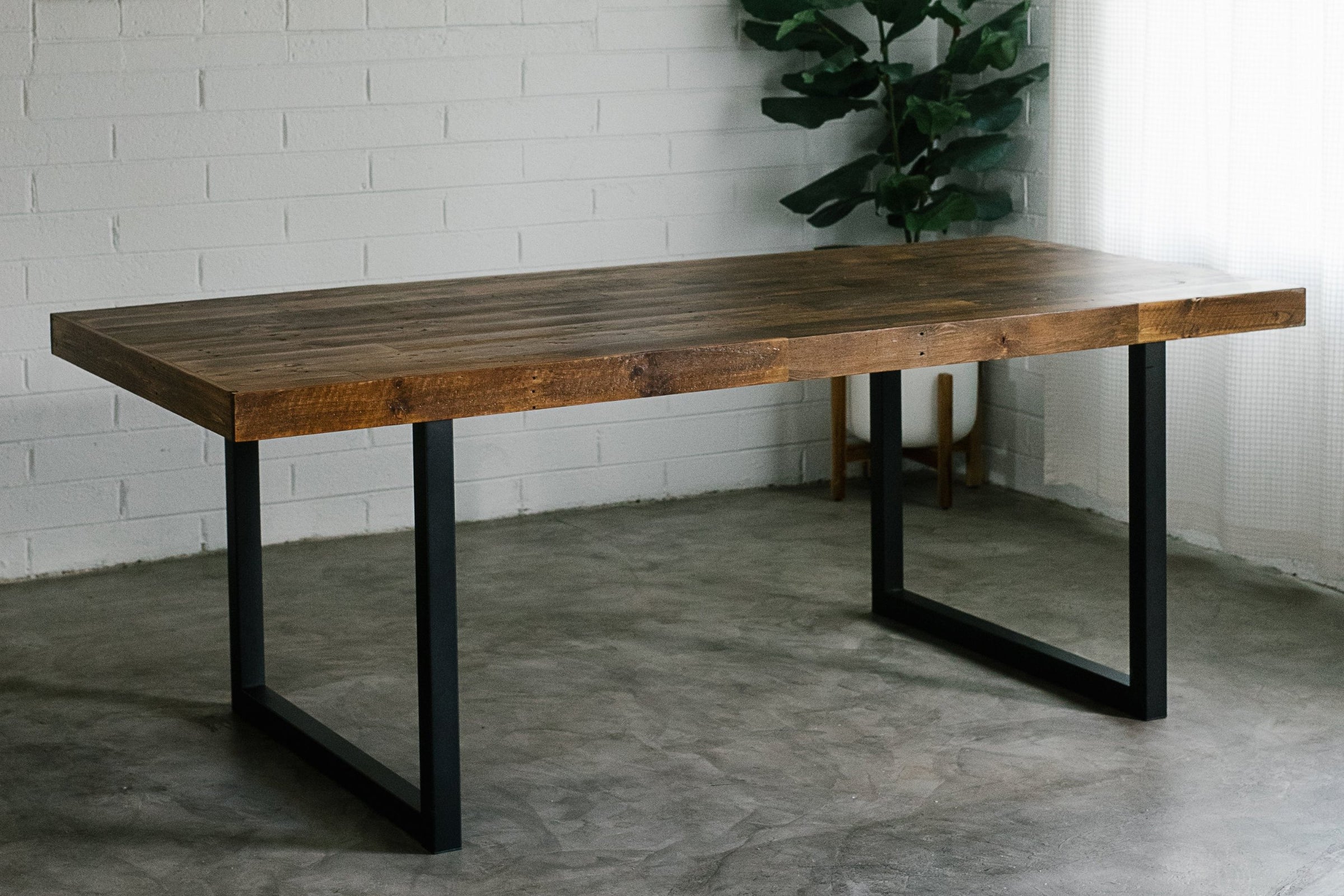Bring Heat and Personality to Your Area with Dining Table Legs Wood
Bring Heat and Personality to Your Area with Dining Table Legs Wood
Blog Article
Crucial Factors To Consider for Picking the Right Eating Table Legs Timber
Choosing the proper timber for eating table legs includes a nuanced understanding of various variables that influence both performance and aesthetic appeal. The choice of wood kind, ranging from durable hardwoods to extra fragile softwoods, plays an essential duty in ensuring toughness and security. Each of these components can considerably affect the general experience of your dining space.
Importance of Timber Kind

Hardwoods, such as maple, walnut, and oak, are commonly favored for their toughness and resistance to put on. These types of timber offer a robust foundation that can stand up to day-to-day use, making them optimal for eating tables that experience constant gatherings. In contrast, softer timbers like ache might be a lot more vulnerable to scrapes and damages, which may not be ideal for high-traffic areas.
Additionally, the selection of timber can also impact the convenience of upkeep. Some timbers need regular oiling or sealing to protect their appearance, while others may be much more flexible. Ultimately, choosing the appropriate timber type involves stabilizing visual considerations with sensible requirements, guaranteeing that the dining table legs not just look attractive however also stand the examination of time.
Assessing Stability and Strength
When evaluating eating table legs, one must take into consideration the stability and strength they offer to the total framework. The legs are important in supporting the tabletop and making sure the eating experience is secure and delightful. A steady table is essential for preventing tipping or tottering, which can bring about spills or mishaps throughout dishes.
The option of wood type dramatically affects toughness. Hardwoods such as oak, maple, and walnut are normally a lot more resilient and durable than softwoods like yearn or fir. Furthermore, the thickness and design of the legs play a critical duty; thicker legs or those with a tapered design can supply much better assistance and stability.

Visual Factors To Consider
While capability is extremely important, the visual allure of table legs can not be ignored, as they significantly affect the total style and setting of the eating space. The option of wood, layout, and coating can detract or enhance from the table's visual impact.

Coatings also play a vital duty in aesthetic appeals. A natural surface can highlight the wood's innate elegance, while repainted or tarnished legs can introduce shade and personality into the space. Furthermore, the proportion and range of the legs relative to the table top and surrounding furnishings needs to be taken into consideration to guarantee visual equilibrium and cohesion.
Eventually, the table legs should not just serve a functional function however additionally add to a natural and inviting environment, making them an essential factor to consider in the total layout of the dining area.
Upkeep Needs
To make sure long life and preserve the elegance of wooden dining table legs, normal upkeep is necessary (Dining Table Legs Wood). Timber is a natural product that can be vulnerable to damage from wetness, heat, and wear. Therefore, developing a routine care plan will substantially improve the toughness of your table legs.
Begin with regular dusting making use of a soft, lint-free towel to remove dust and debris that can scrape the surface area. For even more detailed cleansing, use a light soap remedy and damp fabric, preventing excess dampness that might seep into the timber. It is suggested to use a top quality timber gloss or conditioner every couple of months to nurture the wood and keep its luster.
Resolve any kind of dents or scratches promptly with proper wood filler or touch-up pens to stop additional degeneration. By adhering to these maintenance needs, you will not only protect the visual appeal of your wooden dining table legs however additionally extend their functional moved here life-span.
Budget and Cost Variables
Spending plan and expense factors regularly play an important function in the decision-making process for selecting wooden table legs. When evaluating options, it is vital to establish a clear spending plan that aligns with your overall furniture financial investment. The price of wooden table legs can differ substantially based upon the kind of workmanship, layout, and wood intricacy.
Woods such as walnut, oak, and cherry commonly command higher rates due to their longevity and aesthetic allure. In contrast, softer timbers like want may be a lot more inexpensive yet could not use the exact same long life. Additionally, personalized or artisan-crafted legs can incur additional expenses, reflecting the ability and time bought their development.
It is likewise crucial to take into consideration the possible long-term worth of your financial investment. While deciding for lower-cost materials may seem economically sensible at first, they may need more frequent substitute or repair services, browse around these guys inevitably raising general expenditure.
Consequently, balancing high quality and price is vital. Prioritize materials that meet your aesthetic preferences while guaranteeing they fit conveniently within your budget, enabling you to develop an eating location that is both functional and aesthetically appealing.
Verdict
In informative post conclusion, choosing the suitable timber for dining table legs demands cautious factor to consider of numerous variables, including wood kind, stability, looks, maintenance, and budget plan. Inevitably, a knowledgeable decision will certainly improve the longevity and visual charm of the dining table, ensuring contentment and capability for years to come.
Picking the right type of wood for dining table legs is critical for both aesthetic appeal and structural integrity. Eventually, picking the ideal timber type entails stabilizing visual factors to consider with sensible requirements, ensuring that the eating table legs not just look attractive however likewise stand the test of time.
It is a good idea to use a high-grade timber gloss or conditioner every couple of months to nourish the timber and maintain its luster.
The cost of wooden dining table legs can vary significantly based on the type of wood, design, and workmanship complexity.
In conclusion, selecting the ideal timber for eating table legs necessitates cautious consideration of different aspects, including wood type, stability, looks, maintenance, and budget plan.
Report this page